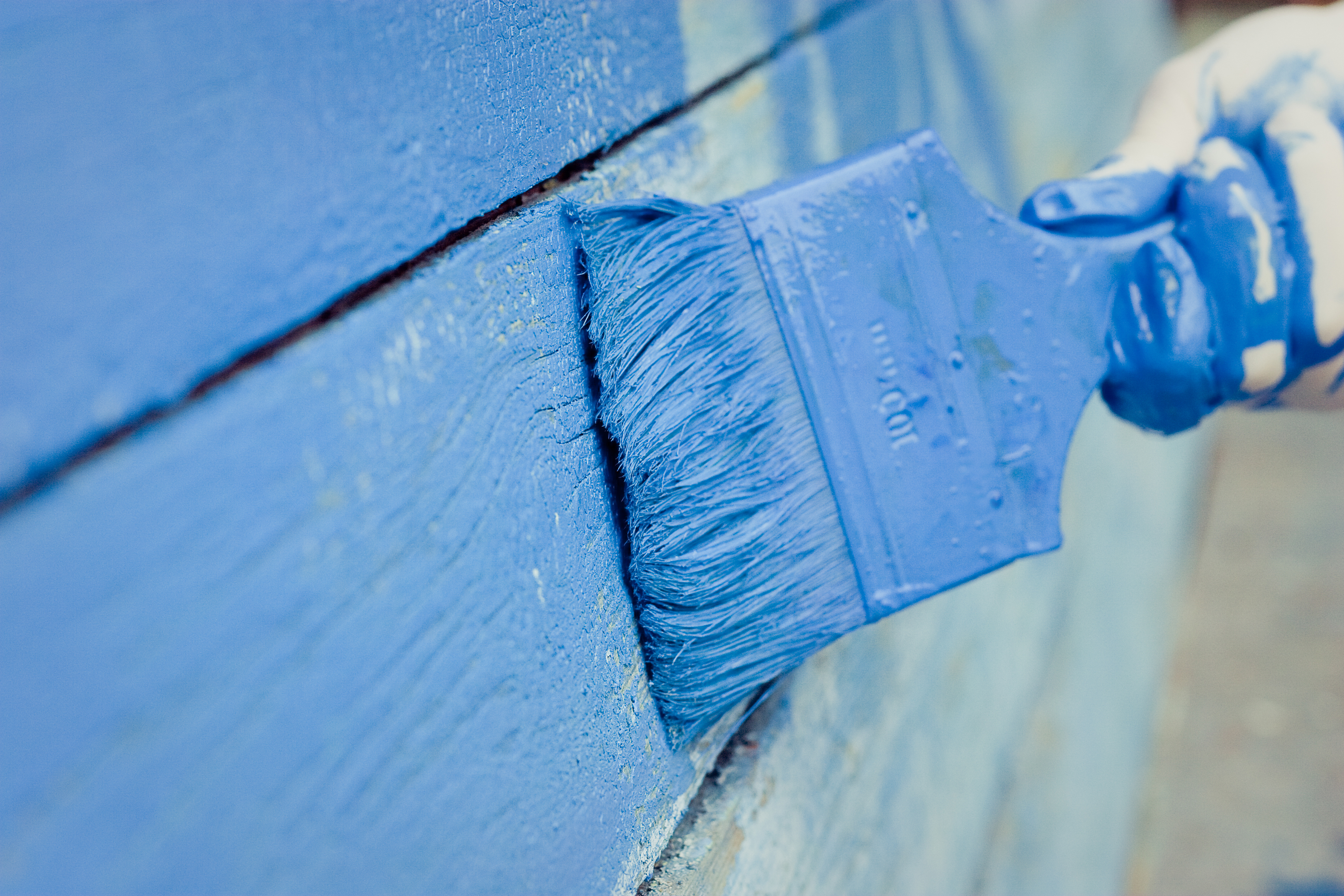Planning a home renovation but unsure how to pay for it? Common ways to fund a renovation include using a cash-out refinance, a home renovation loan, a HELOC (Home Equity Line of Credit), or a Closed-End Second Mortgage. Some homeowners also use cash or credit cards for smaller projects.
Many homeowners choose to renovate to get more enjoyment out of the home they’re living in. Based on calculations by The National Association of REALTORS®, home improvements like adding a primary bedroom, upgrading a kitchen, and getting a new roof all earned a perfect “Joy Score” of 10.
Others renovate to boost their home’s resale value, maintain a rental property, accommodate a new baby or aging parent, or make repairs. Knowing your “why” before you finance can help you avoid sinking money into the wrong upgrades.
How to fund your home renovation: 6 options
Ready to renovate? Here’s how homeowners are paying for it:
1. Cash
Got it? Use it. If you plan to save and pay for each upgrade, try tackling one small project at a time. Using a credit card is also a possibility for a minor home reno, as long as you’re able to pay it back before it accrues high interest.
Open a Money Market Deposit Account with Cornerstone and grow your savings at industry-leading rates. The more you earn while you save, the sooner you can start your project.
2. Refinance
Two refinancing strategies could help fund home improvements while providing potential financial benefits:
- Traditional refinance for better cash flow: Refinancing to a lower interest rate can significantly reduce your monthly mortgage payment. The money you save each month frees up cash that you can dedicate to renovations.
- Cash-out refinance for immediate funding: Access up to 80% of your home’s equity. Your loan officer can help you determine how much equity you can tap into, ensuring you maintain a healthy loan-to-value ratio.
If you’re able to make a lump-sum payment toward your loan principal, you might also consider recasting your mortgage. Recasting allows you to keep your rate and loan term while lowering your monthly payment.
3. HELOC
A Home Equity Line of Credit functions as a revolving credit line, using your home’s value as collateral. Similar to a credit card, a HELOC offers a line of credit you can use to fund larger renovations or consolidate other debts.
With a HELOC, you can:
- Access funds at a lower interest rate than credit cards or personal loans
- Draw funds as needed, paying interest only on the amount you use
- Fund projects with variable costs or completed in multiple phases
- Write off interest when funds are used for substantial home improvements (consult your tax advisor for details)
Most importantly, you’ll get to reuse your credit line as you pay down what you’ve borrowed. A HELOC becomes available again and again, giving you ongoing access to funds for future projects or unexpected expenses.
4. Closed-End Second Mortgage
If you locked in a low rate a few years ago, you may want to hold onto it. For homeowners in this position, a Closed-End Second Mortgage offers an ideal solution. A second mortgage lets you preserve your low rate and still get the cash you need for renovations.
Unlike a HELOC’s revolving credit structure, you receive the full loan amount upfront as a lump sum, making it ideal when you know exactly how much your renovation will cost. Unlike a cash-out refinance, you won’t lose the terms of your current mortgage—you simply add a second, separate second mortgage payment. You can read more about this here.
5. Home renovation loan
Home renovation loans offer specialized financing for property improvements. These all-in-one solutions are useful to homebuyers planning immediate upgrades or refinancing homeowners who want to bundle remodeling into their mortgage.
With a home renovation loan, you can:
- Combine your home purchase or refinance with improvement funds
- Simplify the process with one loan, one application, and one closing
- Borrow extra money for repairs, remodels, or cosmetic updates
- Tackle projects ranging from minor upgrades to major structural work
Each home renovation loan program has its own requirements and repair maximums, so you can find the right fit for your project scope and budget.
6. Construction loan
A construction loan may make sense when you’re ready to bring out the big guns: rebuilding part of your home or doing a total flip. Construction loans typically have more stringent requirements.
Using a One-Time Close Construction Loan, you can save time and money by financing your renovation and home loan in a single process. Whether you’re buying a new home or refinancing your current one, the loan covers the construction phase and then converts into your permanent mortgage once your renovations are done.
Questions? We’re just a call (or a click) away
If you’re interested in one of the funding options above, get in touch to find out how to fund your renovation.
Sources deemed reliable but not guaranteed. For educational purposes only. Refinancing may reduce your monthly payments but could also increase total finance charges over the life of the loan; consider all costs before deciding.

